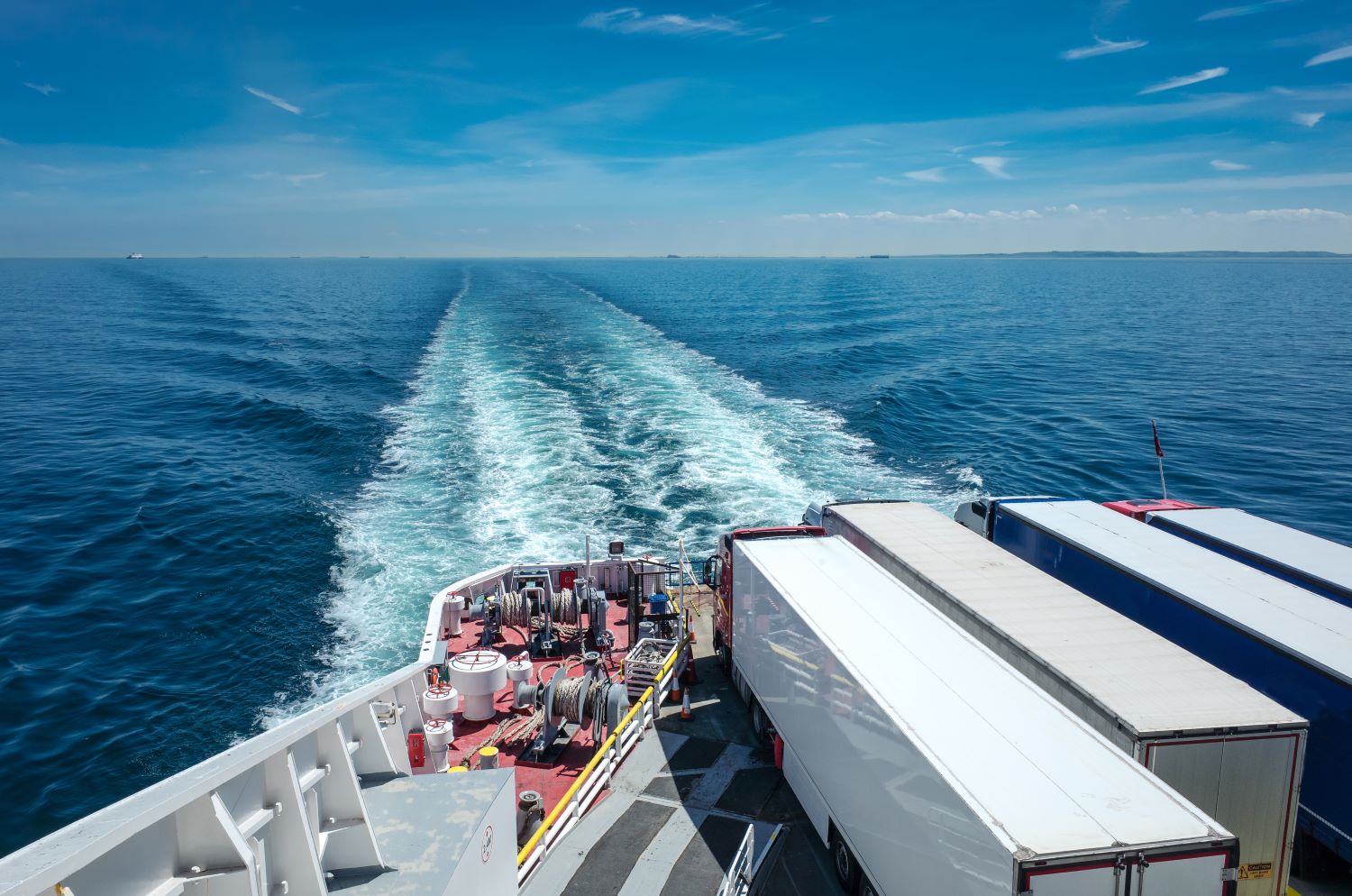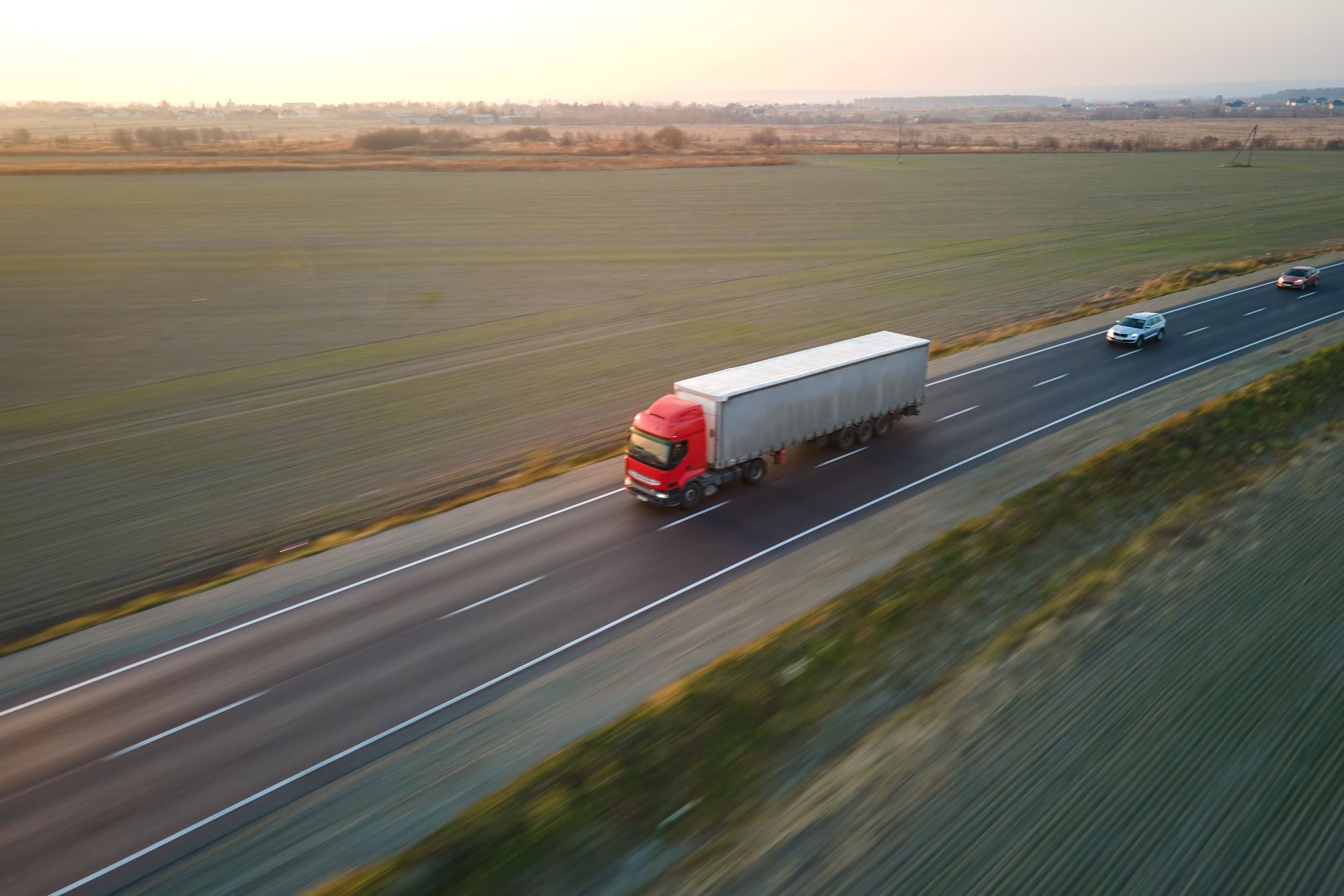
Susie Jones
Todo lo que debe saber sobre el sistema de entrada y salida de la UE
Creado: 14/10/2024
•
Actualizado: 14/10/2024
La UE introducirá el Sistema de Entrada/Salida (SES), cuya puesta en marcha estaba prevista para noviembre pero se ha retrasado por motivos de preocupación. El SES modificará los requisitos para los ciudadanos británicos que viajen al espacio Schengen, exigiendo a cualquier persona con pasaporte británico que registre datos biométricos como huellas dactilares o una foto. El SES sustituirá al sellado manual de los pasaportes al entrar en la UE. Hemos reunido todo lo que necesita saber antes del cambio.
¿Qué exige el SES a los viajeros?
Cualquier país que utilice el SES exigirá la siguiente información a los viajeros:
Lugar de entrada y salida
Fecha de entrada y salida
Documentos de viaje.
¿Cuáles son las ventajas?
El SES ofrece las siguientes ventajas:
Moderniza la gestión de las fronteras exteriores de la UE y mejora la experiencia de los viajeros.
El SES combate el fraude de identidad mediante la recogida de datos biométricos.
Puede identificar a los rebasados y proporciona datos fiables sobre entradas, salidas y denegaciones.
La mejora de los controles fronterizos, los registros electrónicos y los datos biométricos reforzarán la seguridad en la UE.
Proporciona información compartida en tiempo real, lo que permite a las autoridades fronterizas de toda la UE ver la información correcta en el momento oportuno.
¿Cuáles son las preocupaciones?
A largo plazo, el nuevo SES agilizará las operaciones y beneficiará a los viajeros extracomunitarios. Sin embargo, hay varios motivos de preocupación en torno al nuevo sistema:
Al menos tres países de la UE no están totalmente preparados para el lanzamiento.
Es posible que varios países no puedan introducir el sistema biométrico avanzado.
En el puerto de Dover, uno de los cruces más transitados del Reino Unido, no se realizaron pruebas adecuadas del sistema.
El lanzamiento inicial podría causar mayores retrasos en los puestos de control fronterizos.
Más retrasos en el lanzamiento oficial de la EEE podrían erradicar varias de estas preocupaciones.
Los operadores británicos de vehículos pesados han expresado su preocupación por el límite de 90 días de los 180 viajes Schengen: mantener operaciones comerciales regulares dentro de la UE podría ser todo un reto. Las empresas de flotas con conductores extracomunitarios podrían enfrentarse a restricciones de viaje o multas si se supera el límite.
¿Cómo pueden prepararse las flotas y los conductores?
No hay mucho que las flotas y los conductores puedan hacer para prepararse para el nuevo sistema: la mayor parte de los preparativos tendrán lugar en persona en el puerto. Sin embargo, las flotas y los conductores pueden tomar las siguientes medidas para garantizar una transición sin problemas:
Al reservar el viaje, asegúrese de tener toda la información necesaria antes de viajar al puerto.
Sepa lo que le espera cuando llegue: las diferencias prácticas hacen que el proceso varíe de un lugar a otro.
Deje tiempo suficiente para realizar los trámites previos al viaje, sobre todo si viaja cerca de la fecha de inicio.

¿Qué países utilizarán la EEE?
Los siguientes países utilizarán el SES:
Alemania, Austria, Bélgica, Bulgaria, Croacia, Dinamarca, Eslovaquia, Eslovenia, España, Estonia, Finlandia, Francia, Grecia, Hungría, Islandia, Italia, Letonia, Liechtenstein, Lituania, Luxemburgo, Malta, Noruega, Países Bajos, Polonia, Portugal, Rumanía, Suecia y Suiza.
¿Cuándo no se aplica la EEE?
Hay varias excepciones a la nueva EEE:
Nacionales de los países que utilizan la EEE (incluidos Chipre e Irlanda).
No nacionales de la UE inmediatamente emparentados con un ciudadano de la UE. Deben ser titulares de una tarjeta de residencia.
Cualquier ciudadano extracomunitario titular de una tarjeta o permiso de residencia que tenga relación inmediata con un ciudadano extracomunitario puede viajar por Europa como un ciudadano de la UE.
Ciudadanos con permiso de residencia o visado de larga duración.
Nacionales de Andorra, Mónaco y San Marino.
Personas con pasaporte expedido por el Estado de la Ciudad del Vaticano o la Santa Sede.
Cualquier persona exenta de controles fronterizos (como jefes de Estado o trabajadores transfronterizos)
Ciudadanos titulares de un permiso de tráfico fronterizo menor válido.
Tripulación de trenes de pasajeros y mercancías en trayectos internacionales de conexión.
Toda persona que no esté obligada a cruzar las fronteras exteriores únicamente en los pasos fronterizos durante las horas de apertura establecidas.
¿Qué pasa si no facilito mis datos?
Si no facilita la información personal requerida, se le denegará la entrada a los países de la UE que utilicen el SES. Para las empresas de flotas, esto podría suponer una pérdida de ingresos si sus conductores no facilitan la información pertinente.
¿Necesito un pasaporte biométrico con el nuevo SES?
El nuevo SES acepta tanto pasaportes biométricos como no biométricos. Los sistemas automatizados para cruzar la frontera requieren un pasaporte biométrico.



